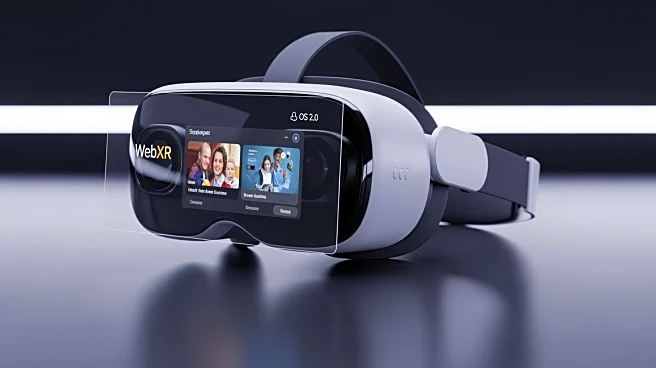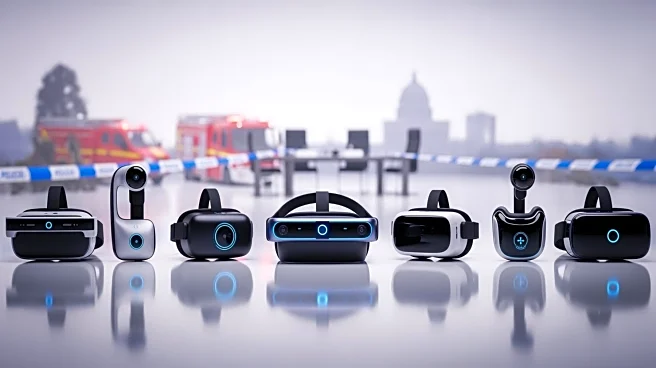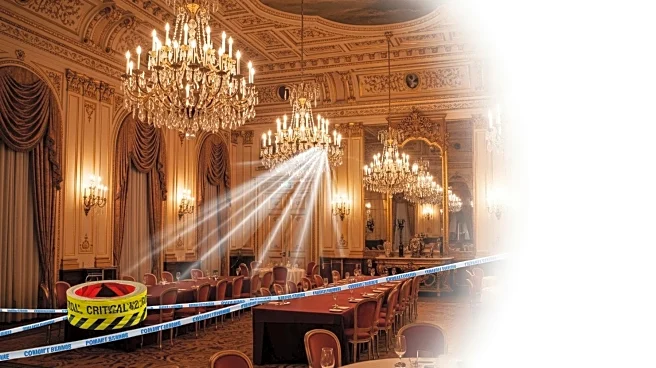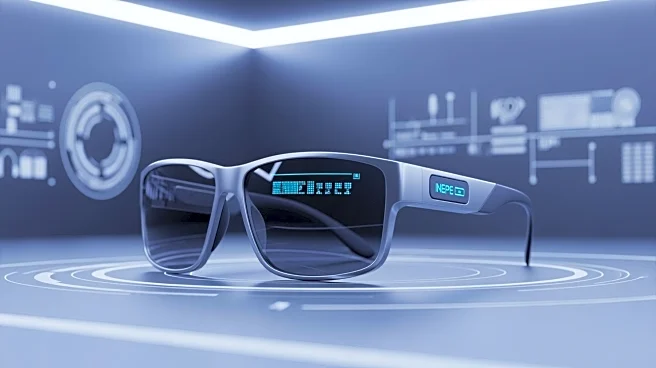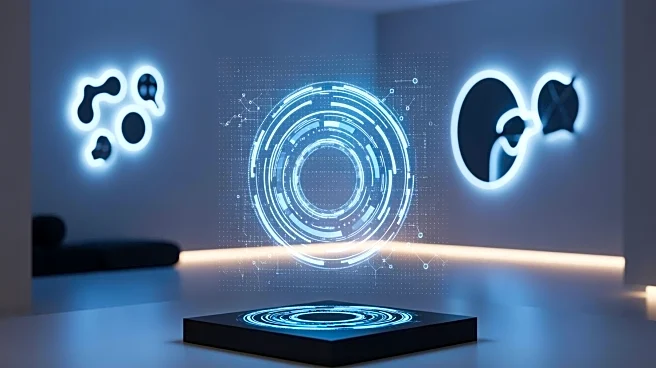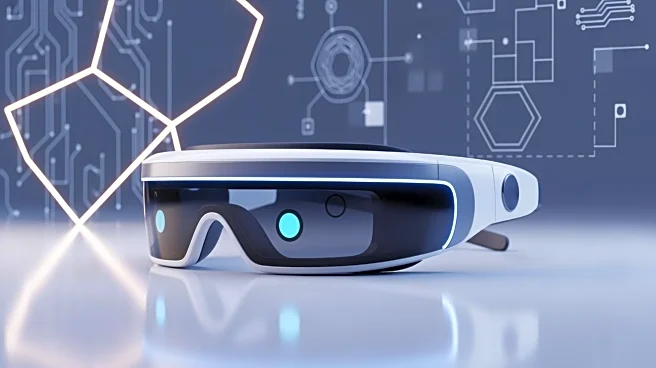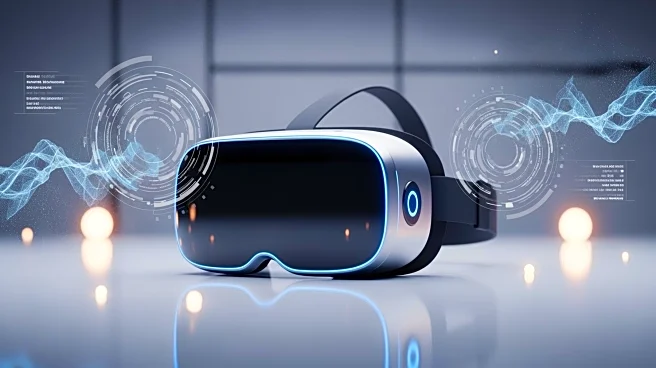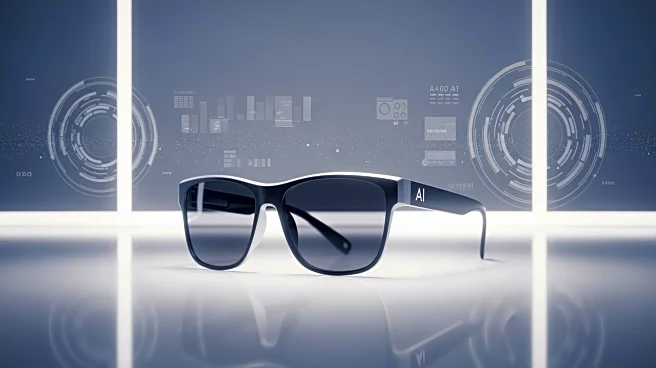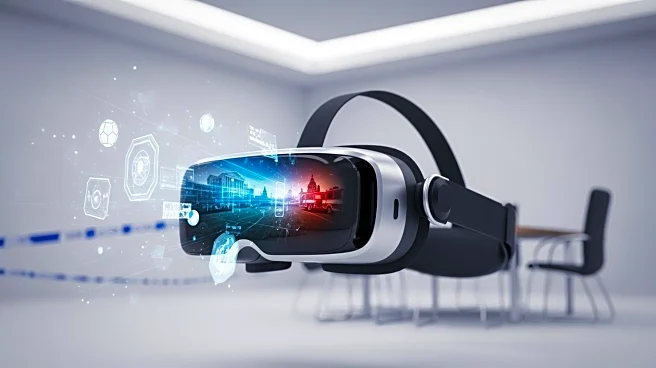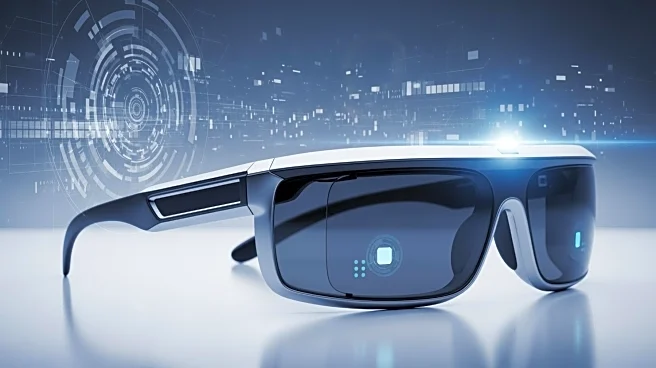What's Happening?
Snap has announced the rollout of Snap OS 2.0, which includes a native browser built for WebXR and Lens playback. This update is designed to lower the development barrier for web-based augmented reality (AR) experiences, allowing developers to target
Snap's Spectacles without heavy native builds. The company has also revealed plans to sell consumer-grade Spectacles in 2026, marking a shift from developer-only units to consumer sales. This move is part of a broader trend among tech giants and startups to push AR from demonstration phases to real consumer use. Meta has also unveiled a new smart-glasses prototype featuring a display and wrist controller, indicating a pivot towards everyday wearability.
Why It's Important?
The introduction of Snap OS 2.0 and the planned consumer release of Spectacles in 2026 are significant for both developers and consumers. For developers, the new WebXR browser simplifies the creation of AR experiences, potentially leading to a surge in innovative applications. For consumers, the availability of lighter, consumer-grade Spectacles suggests a future where AR becomes a part of daily life, similar to smartphones. This shift could redefine how users interact with digital content, offering more immersive and interactive experiences. The competition among tech companies like Snap, Meta, and Apple in the AR space is likely to drive rapid advancements and lower costs, making AR technology more accessible.
What's Next?
As Snap prepares to launch consumer-grade Spectacles, developers are encouraged to prioritize mobile-to-glasses user experiences. This transition will require app makers to ensure their AR content is compatible across devices, from smartphones to AR glasses. The market is expected to reward those who can deliver seamless cross-device compatibility. Additionally, improvements in WebXR and Lens tools are anticipated to drive the next wave of viral AR moments, as creators can ship lenses faster and experiment more. The competition in the AR space is likely to intensify, with companies racing to capture consumer interest and establish dominant platforms.
Beyond the Headlines
The convergence of enterprise and consumer hardware raises questions about privacy and pricing. As enterprise vendors push lighter optics and spatial mapping technologies, consumer devices are beginning to borrow these features, enhancing utility but also introducing concerns about location and workplace privacy. The influence of Apple's Vision Pro ecosystem on premium AR expectations suggests that high-quality app design patterns may trickle down to more affordable devices, shaping consumer expectations and driving innovation in the AR market.
